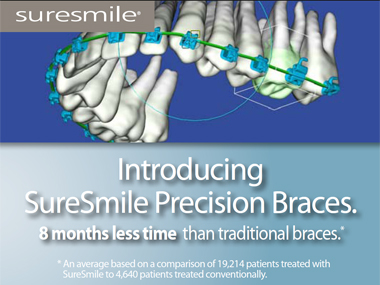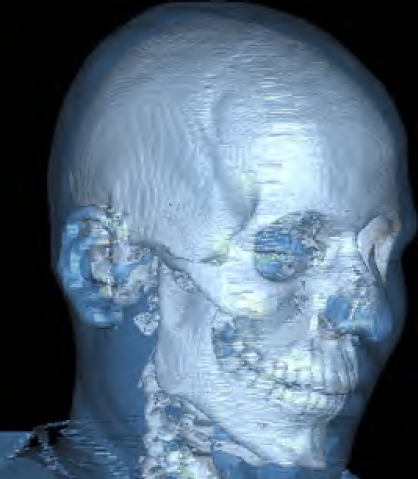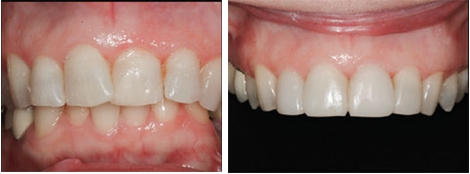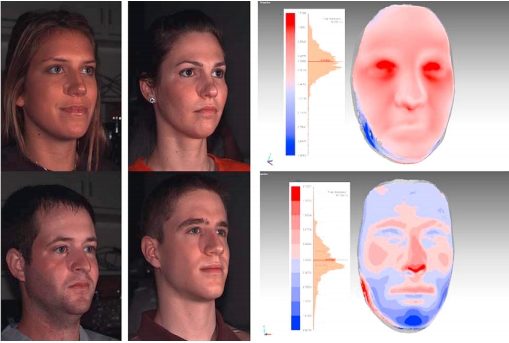Perio helps combat Preterm birth, 3 D revolution, Suremile
Avoid Preterm baby, get Perio treatment
Previous studies have explored the effect of periodontal treatment, irrespective of efficacy of treatment, in reducing infant prematurity. In a study titled "Risk of Preterm Birth Is Reduced with Successful Periodontal Treatment," (from the University of Pennsylvania, Washington University) determined whether a reduction in infant prematurity was associated with successful periodontal treatment. Subjects who were successfully treated for their periodontal disease had a significantly lower incidence of preterm birth less than 35 weeks gestation. MORE See it on BBC
Efficiency And Effectiveness Of Suresmile WJO 2010;11:16–22.
Patients treated using the SureSmile process and a conventional approach were anonymized and randomized prior to independent scoring by two ABO OGS–calibrated examiners. Results: Intra- and interexaminer reliability was consistent in all components with no differences between examiners (r = 0.96, P < .001). The ABO OGS score for the SureSmile patients (mean 26.3) was 4.4 points lower (P < .001) than for those treated conventionally (mean 30.7). Furthermore, treatment with the SureSmile process was shorter (14.7 months vs 20.0 months). Conclusion: The SureSmile process results in a lower mean ABO OGS score and a reduced treatment time than conventional approaches. The approach has great potential to both decrease treatment time and improve quality.
Throw away your plaster models AJODO Feb 2010
The aim of this study was to compare the accuracy of dental measurements taken with calipers on plaster dental casts and those from computed tomography scans of the dentition with a dental measurement program.
Dental measurements obtained from the 3DD are comparable with those from conventional models in the 3 planes of space. This technology has the added benefits of eliminating the need for taking impressions and the time needed for making models. With conebeam
CT becoming mainstream in orthodontic practice, are we going to an era whereby a single step of data acquisition can compute all our diagnostic information?
Instant Orthodontics !
There are several treatment alternatives for slight-to-moderate anterior tooth malpositioning. The first option to be considered should be orthodontic treatment, especially in younger patients with unrestored teeth. However, the cost or length of orthodontic treatment often makes this treatment undesirable for many patients. Recent literature suggests that minor tooth-alignment issues, such as facio-lingual displacement and crowding, may be resolved with indirect porcelain veneer restorations.1,2 However, others have questioned the value of this treatment because of the nonconservative nature of the indirect preparations. Full Paper
And Now the 3D Facial Norms ? AJODO Mar 2010
The aim of this study was to assess the use of 3-dimensional facial averages in determining
facial morphologic differences in 2 white population groups. Methods: Three-dimensional images were obtained in a reproducible and controlled environment from a commercially available stereo-photogrammetric camera capture system. The 3dMDface system (3dMD, Atlanta, Ga) photographed 200 subjects from 2 population groups (Budapest, Hungary, and Houston, Tex); each group included 50 men and 50 women, aged 18 to 30 years. Each face was obtained as a facial mesh and orientated along a triangulated axis. All faces
were overlaid, one on top of the other, and a complex mathematical algorithm was used until an average composite face of 1 man and 1 woman was obtained for each subgroup (Hungarian men, Hungarian women, Texas men, and Texas women). These average facial composites were superimposed (men and women) based on a previously validated superimposition method, and the facial differences were quantified.
Reconstruction of Endodontically Treated Posterior Teeth - with or without Post? Guidelines for the Dental Practitioner- Eu J of Esthetic issue 4, 2009
The clinical concepts regarding the restoration of root canal treated teeth are not clear today and often based on conjecture due to a lack of sound empirical data. The diversity of published opinions is confusing and may lead to less-than-optimal treatment selections. There is also emerging debate whether or not a post is necessary. The purpose of the present article is to organize this topic in evidence-based principles and provide dental practitioners with clear guidelines about restorative therapy for premolar and molar teeth. Two clinical reports are presented, to exemplify the different clinical situations.
The first case highlights a conservative restoration of an endodontically treated molar, maintaining an adequate quantity of healthy residual tissue and only covering the cusp with restoration material, which was not sustained by healthy dentin. In the second case, the fact that the premolar was so badly damaged by carious pathology meant that it was necessary to use a pin to anchor the composite material, and the cusp was covered completely. Request full paper email to icdr@hotmail.com





0 Comments:
Post a Comment
<< Home